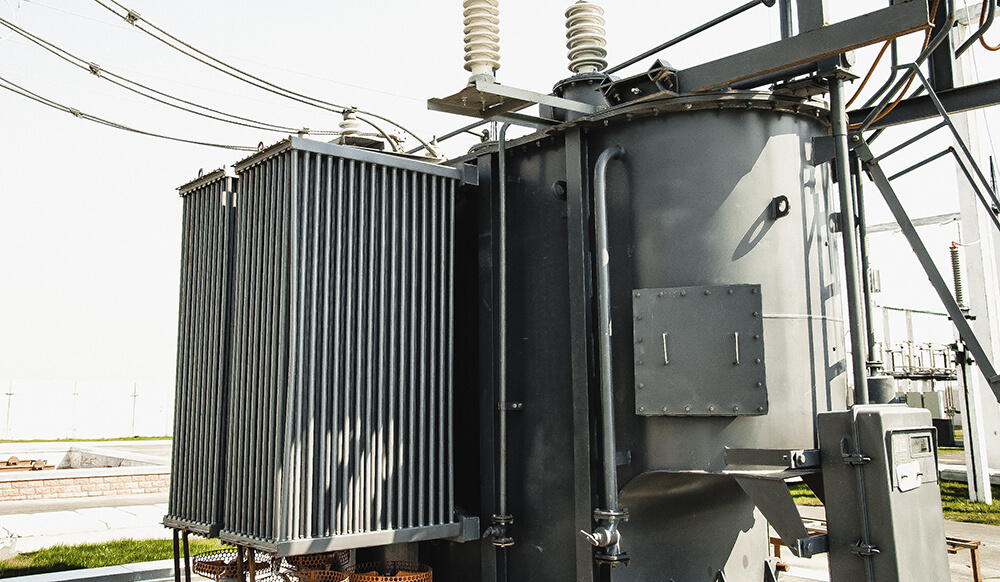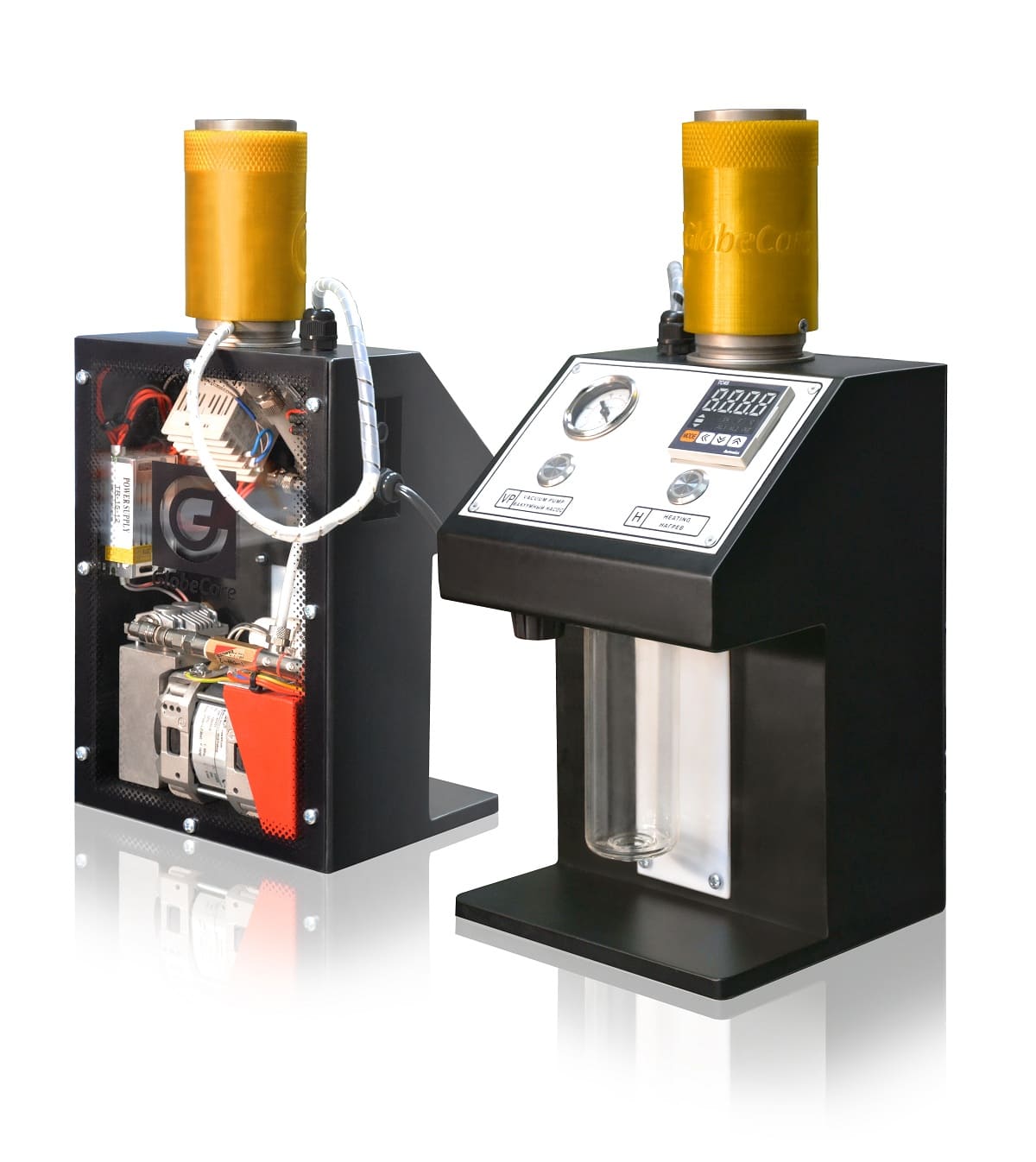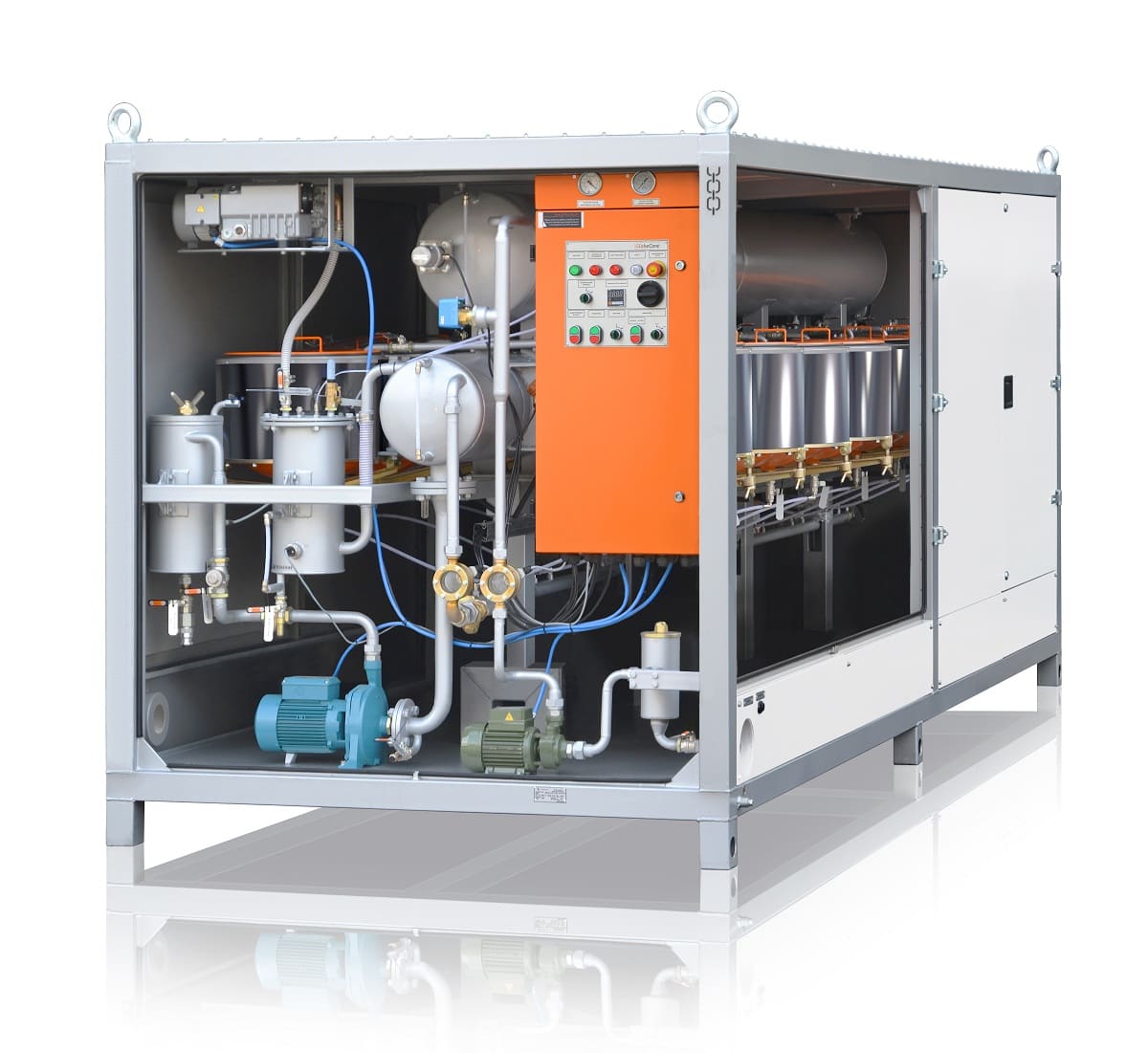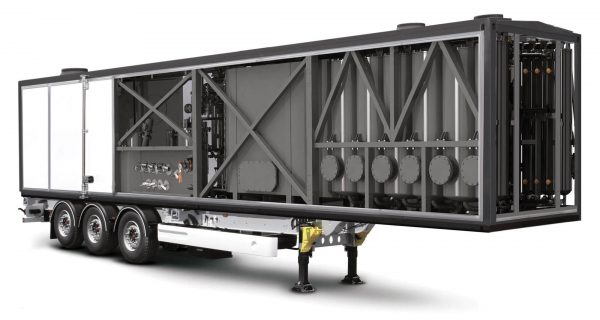It would be hard to imagine the modern industries without a variety of machines and mechanisms that improve the production processes in all branches of the national economy. Typically, these machines include knots of friction and adhesion, which wear out in time, due to intensive abrasion of metal parts. The friction is reduced by the coating of oil that acts as a lubricant and maintains the machine parts. Over time, oil was also used as an insulating liquid in electrical equipment since it practically does not conduct current. Consequently, the industrial oils have become extremely important in many industrialists. Let’s consider the types of oil and their main functions.
Industrial oils can be organic (vegetable and animal origin), mineral and synthetic. Organic oils are less used as lubricants for mechanisms of industrial equipment, since they do not have high thermal properties. However, sometimes they are combined with mineral oils. Mineral oils are the most common lubricants used for machinery. They are distilled from crude oil. The properties of mineral oils are enhanced by a variety of additives that are added to it before it is fed into the equipment.
The “new” members are synthetic oils. They are synthesized chemical compounds and carbon monoxide and carbon dioxide. And although the production of synthetic oil is a laborious and costly process, the quality of the final product pays off. This oil is practically not contaminated and does not oxidize. In some cases, a mixture of synthetic and mineral oils produces a high quality lubricant.
The past few decades was marked by the appearance of many new devices and machines, that demanded regular servicing and maintenance, including oil maintenance. Oil in different equipment have different functions and imposed requirements: viscosity, durability, operating temperature, corrosion resistance, oxidation stability, chemical composition, etc.
According to properties, and industrial application the oils are classified:
- industrial;
- transformer;
- turbine;
- aviation;
- hydraulic, etc.
Causes and consequences of oil contamination
Any lubricant discussed above, in one way or another, becomes contaminated during a long-term operation or storage. The contamination with mechanical impurities, water, gas, wear products, and oxidation products significantly reduces the quality of oil.
The presence of moisture in oil reduces its anti-corrosion properties. At low temperatures, the water in oil crystallizes, which can damage parts and mechanisms. Also, moisture is a reason of electrical erosion. Since moisture increases the conductivity of the current, it causes partial discharges and breakdown of dielectric, with breakaway particles of mechanisms. Microorganisms can also form in water molecules, which also reduce oil properties.
These are three types of gases in oil:
- dissolved atmospheric air;
- process gases;
- evolved gases that occur in chemical reactions in lubricant.
Depending on gas content, its effect on oil may be different. Gas and vapor cavitation bubbles lead to a destruction of equipment.
The most negative effect on the quality of lubricants is provided by mechanical particles. A large number of particles in oil contributes to abrasive processes, which accelerates the wear of parts and all equipment in general. Basically, such pollution occurs as a result of various chemical reactions, as well as the chipping of particles. Solid particles in oil are a result of chemical reactions, corrosion, chipping of metal parts. Under the influence of high temperatures in oil are formed various acids, asphaltenes, resins. There are also other, slower processes, which lead to a rapid oil “aging”.
Aged Oil reclaiming
Contaminated oil is subject to disposal, as it can not fully perform its functions. But a single use of lubricating oil is uneconomical and not cost-effective. Used oil is subjected to regeneration and reuse.
Aged oil reclamation methods are divided into:
- physical (sedimentation, separation, filtration);
- chemical (acid and alkaline treatment);
- physicochemical (adsorption, coagulation, thermal vacuum drying, selective dissolution).
The choice of a reclamation method is influenced by the following factors:
- oil composition;
- nature of pollution;
- degree of purification.
If oil is contaminated by several contaminants it can be reclaimed through a complex purification, consisting of several methods. The first stage removes the “easily separable” oxidation and aging products, and then the oil goes through fine cleaning. Oil reclamation could be performed by a number of oil plants with different modifications and performance.
Oil plant that has to work with different types of oil would have additional components.
GlobeCore oil reclaiming equipment
GlobeCore represents equipment for regeneration and restoration of physical and chemical properties of industrial oils. CMM-R and UVR are two perfect examples, we will consider in more detail.
GlobeCore CMM-R oil reclaiming system
Mobile oil regeneration stations СММ-R are intended for reclamation of physical and chemical properties of transformer insulating fluid. Oil reclaiming is done through “Fuller’s earth” sorbent, which is a natural mineral with a high absorption capacity. Its microporous structure has a capacity to “retain” contaminants on its surface. Sorbent used in CMM-R units can be reactivated and used more than once. The equipment extracts oil decay products and harmful impurities from the pores of this mineral sorbent in reactivation mode. Using CMM-R units for oil reclaiming, it is possible to achieve normalized oil parameters as the dielectric loss tangent and the acid number that characterize the oil dielectric properties. Also, an important feature of this method – is removal of settled sludge.
СММ-R consists from a regeneration and degassing blocks and carries out a complex cleaning of used transformer oils. The compact design of the equipment allows it to be transported to transformers by vehicles. The unit is containerised and set in a container vehicle.
Oil reclaiming from GlobeCore is operated by the touch panel that sets and controls the programs (there is no need for an operator).
UVR units from GlobeCore
UVR units are designed for regeneration, recovery and clarification of the following types of industrial fluids – transformer, industrial and turbine oils, and also for clearing a heating oil, gasoline, kerosene, gas condensate, etc.
This unit guarantees high-quality cleaning of oil from sulfur, resins, mechanical impurities and gases. The regenerated product acquires the performance characteristics of new oil and retains them for a long time. UVR does not require reconfiguration when switching from one oil to another. The only parameter that will change, is the flow rate because it directly depends on the viscosity and density of the processed product.
Oil reclaiming unit UVR from GlobeCore is equipped with a control panel, which can be located separately from the installation. UVR is a transportable and compact unit.


 СММ-0,001U Laboratory Oil ...
СММ-0,001U Laboratory Oil ... Private: CMM-450/16U Transformer ...
Private: CMM-450/16U Transformer ... CMM-12R Oil Regeneration ...
CMM-12R Oil Regeneration ...